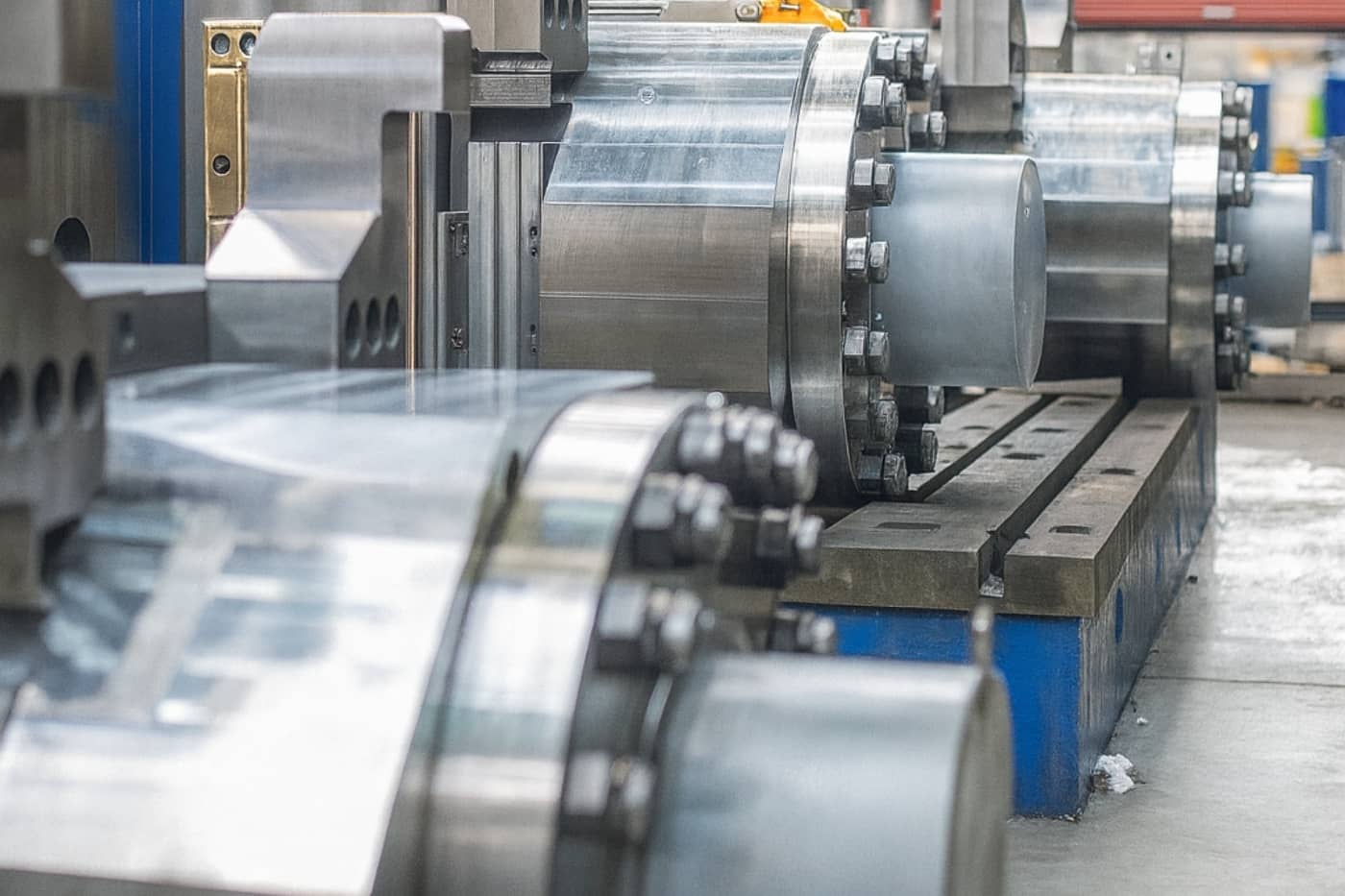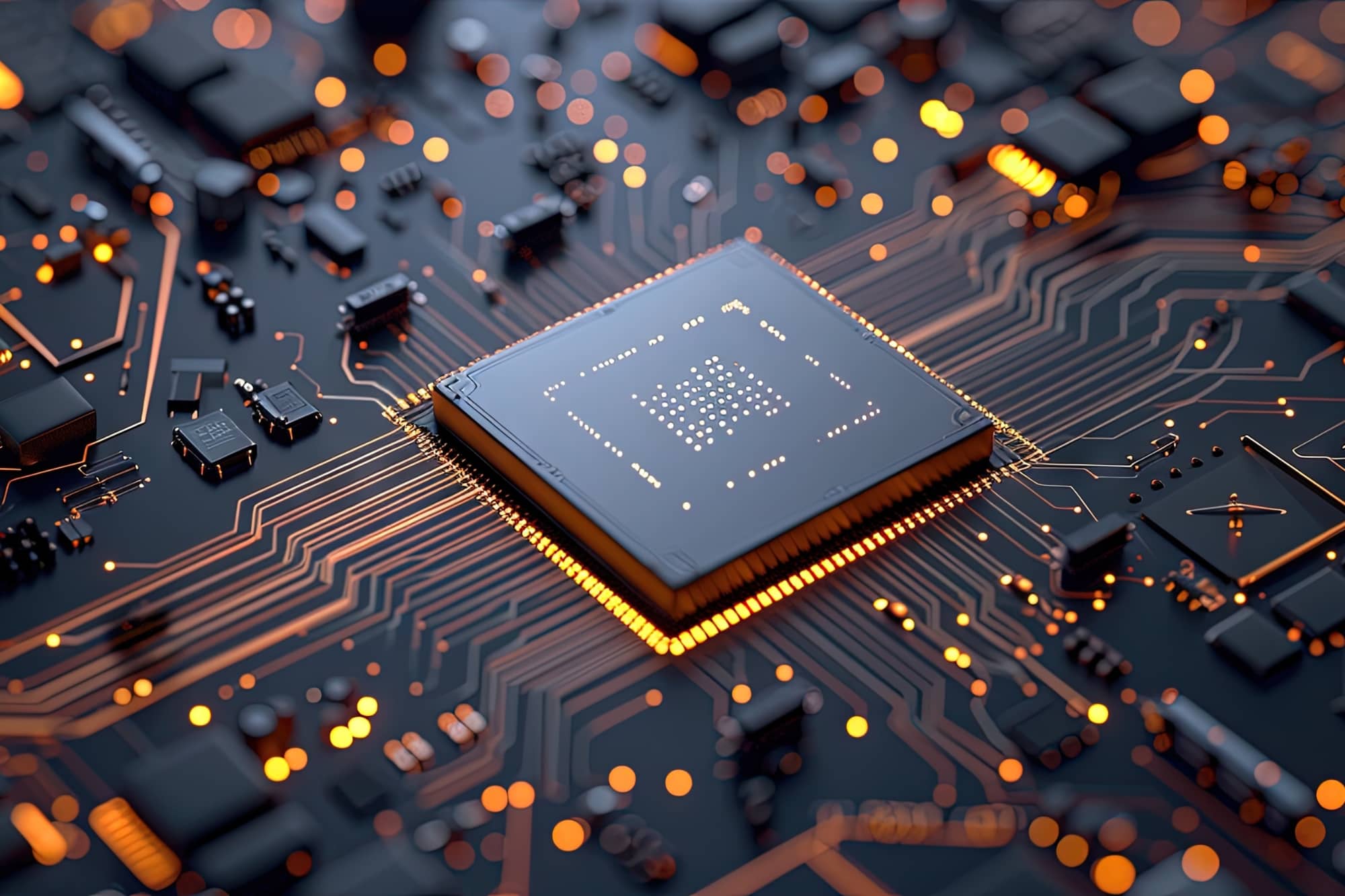ADDEV Materials specialises in the processing and distribution of high-performance materials for the mobility (automotive, rail), energy, construction and industrial markets.





Industries

Special vehicles

Construction

Electronics
Our innovation team as well as our technical application experts support you throughout your project development.
We support you at each step of the project:
